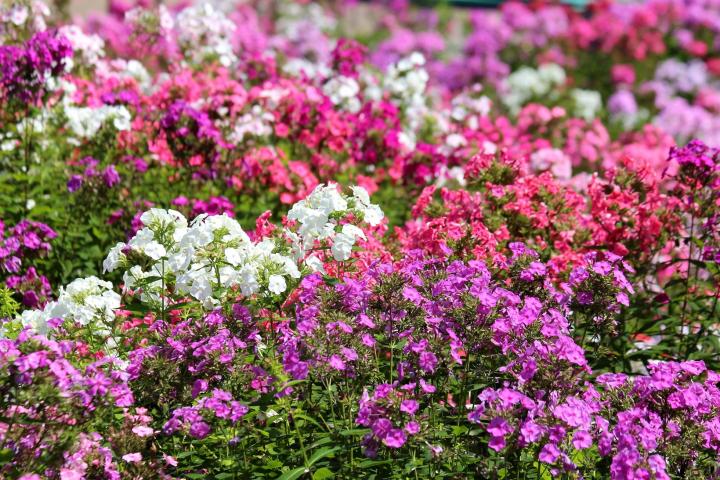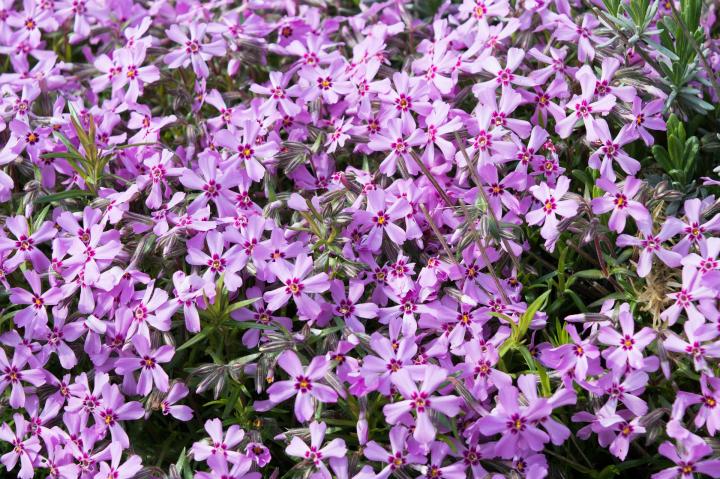
How to Plant, Grow, and Care for Phlox
ADVERTISEMENT
Tall Phlox: In the Fall, I am to cut back the stems to 2-3 " from soil. Then what? What I have now are in pots.....Do I put them undercover to protect from too much rain? thanks
You can trim down the same way and simply move the pots into an unheated garage. Do not water. It goes dormant. The tall type won’t grow as a houseplant.
I'm new to phlox. Planted 2 tall ones and I think bunnies ate on them. Maybe it was user error, too! Can I root the stems if I place them in water (for how long?) and try to replant them later. I do still have the survivors and they're holding on! Thanks!
Hi, Judy,
You might have some luck rooting the stems. Try it. It could take a couple or a few weeks; hard to know. In the spring, you can also divide the existing plants. Each division should have 3 to 5 vigorous with roots attached. Plant them with the crowns an inch or so below the soil surface. To ensure that the remaining plants survive think about “fencing” them: Get a quart container such as a deli might put potato salad in. Cut off the bottom. See if you can drop the round tube over the plant to ground level. If you can’t, slice the side of the container and then put it around the plant. It might help to deter rabbits.
We hope this helps!
Phlox and Oregon together is ok ?


 Creeping phlox (P. subulata) has needle-shaped leaves and produces a carpet of flowers.
Creeping phlox (P. subulata) has needle-shaped leaves and produces a carpet of flowers. 







Comments